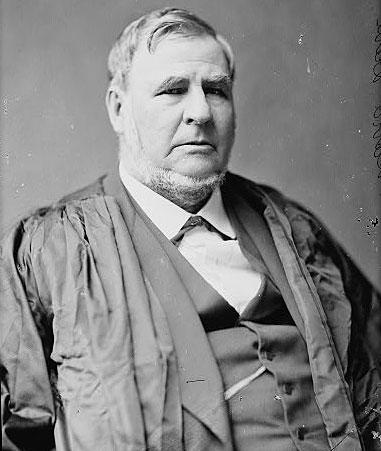The Supreme Court began the new year with oral arguments on Monday January 7, 2019. Justice Ginsburg did not join the bench, however, following surgery for cancerous nodules on her lung — the first time she has ever missed oral argument despite a series of health issues over the years. There has been much reporting and discussion about her health, but she is working from home and will participate in deciding the cases.
The first case on Monday was Merck Sharp & Dohme Corp. v. Albrecht, in which the Court is being asked to decide whether the state laws in a failure-to-warn lawsuit are pre-empted by federal law when the Food and Drug Administration (FDA), knowing the relevant scientific data, rejected the drug manufacturer’s proposed warnings, or whether the question of why the FDA rejected the proposed warning should go to a jury. The Third Circuit Court of Appeals found that Merck Sharp & Dohme Corporation, manufacturer of the drug Fosamax, could be liable for failing to warn about a health risk even though they proposed a warning label that the FDA ultimately rejected (click here for some background information on the drug). Lawyers for petitioner Merck Sharp argued that under § 355(o)(4), the Secretary of the FDA has an obligation to discuss proposed changes to drug warnings with manufacturers if they disagree with the phrasing, and cannot reject it without discussions. Respondents’ position was that “brand name drug makers are responsible at all times for keeping their labels up to date.” For more coverage of the arguments, see the Seymour Tribune, ABC News, and The Epoch Times.
The Court then heard arguments in Obduskey v. McCarthy & Holthus LLP, in which the Court is being asked to decide whether the Fair Debt Collection Practices Act (FDCPA) applies to non-judicial foreclosure proceedings (this Chicago Tribune article discusses the differences between judicial and non-judicial foreclosures). Petitioner, a homeowner who found himself dealing with the non-judicial process, takes the position that the FDCPA applies to non-judicial foreclosure proceedings and argued that if Congress had intended for the FDCPA to apply only to judicial foreclosures, then it would have included an express exclusion in the law. Disagreeing about the meaning of the term “debt collector,” respondents argued that non-judicial foreclosure proceedings are not truly debt collection within the meaning of the law. A lot is at stake in the case because a broad opinion in favor of the petitioner could effectively invalidate the laws of more than half the states. This CNBC article and this Westword article have more background on the case.
This post was ritten by ISCOTUS Fellow Zoe Arthurson-McColl, Chicago-Kent Class of 2020, edited by Matthew Webber, ISCOTUS Editorial Coordinator, Chicago-Kent Class of 2019, and overseen by ISCOTUS Co-Director Carolyn Shapiro.

